Home>Garden Essentials>How Much Dill Seed Per Pint Of Pickles
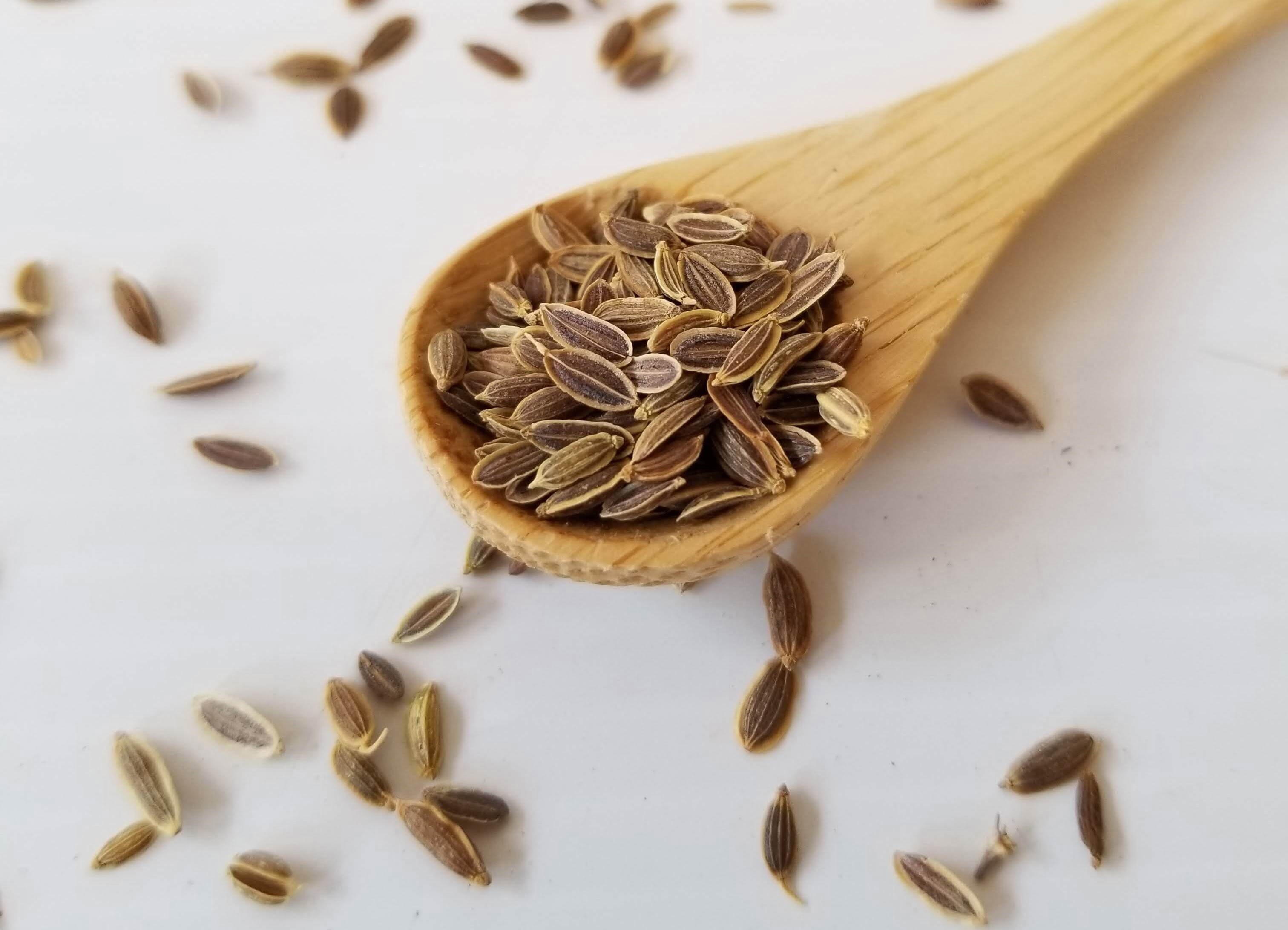

Garden Essentials
How Much Dill Seed Per Pint Of Pickles
Modified: March 16, 2024
Need to know how much dill seed per pint of pickles? Our garden experts have the answer to ensure you get the perfect flavor for your homemade pickles.
(Many of the links in this article redirect to a specific reviewed product. Your purchase of these products through affiliate links helps to generate commission for Storables.com, at no extra cost. Learn more)
Introduction
Welcome to the world of pickling! Whether you’re a seasoned home cook or someone just starting out, the art of pickling is a wonderful way to preserve the flavors of fresh produce and add a tangy twist to your meals. One key ingredient in pickling is dill seed, which adds a distinctive flavor and aroma to your pickled creations.
In this article, we will explore the role of dill seed in pickling and discuss how to determine the right quantity of dill seed to use per pint of pickles. So, let’s roll up our sleeves and dive into the captivating world of dill seed and pickling!
Key Takeaways:
- Dill seed adds a unique flavor and aroma to pickles, enhancing their taste and visual appeal. Experiment with 1-2 teaspoons per pint to find your perfect dill flavor balance.
- Crush or grind dill seed for maximum flavor, and consider adding it at different stages of pickling for varied intensity. Store it properly and get creative with complementary ingredients for flavorful pickles.
Read more: When To Harvest Dill Seeds For Pickling
What is dill seed?
Dill seed is the fruit of the dill plant, scientifically known as Anethum graveolens. It belongs to the same family as parsley, celery, and carrot. This herbaceous plant is native to regions of Southwest Asia and Mediterranean Europe and has been cultivated for thousands of years for both culinary and medicinal purposes.
The dill plant produces delicate, feathery leaves and small yellow flowers, which eventually develop into seeds. These seeds are oval-shaped, flat, and light brown in color. Dill seed has a distinct flavor profile, characterized by a combination of mild anise-like sweetness and slight bitterness. It is also known for its aromatic properties, with a fragrance reminiscent of both dill leaves and fennel.
Dill seed is commonly used as a spice and flavoring agent in various cuisines around the world. It is particularly popular in pickling recipes, where it imparts a unique and refreshing taste to the preserved vegetables or fruits. Additionally, dill seed is utilized in baking, marinades, sauces, and even as a garnish for salads and seafood dishes.
Moreover, dill seed offers several health benefits. It contains essential minerals such as iron, calcium, and magnesium, as well as vitamins like vitamin A and vitamin C. Dill seed also contains volatile oils such as carvone and limonene, which have antioxidant and antimicrobial properties. These oils not only contribute to the flavor of dill seed but also possess potential medicinal qualities.
Now that we have a better understanding of what dill seed is and its characteristics, let’s explore its significance in the process of pickling.
Importance of dill seed in pickling
When it comes to pickling, dill seed plays a crucial role in creating the signature flavor and aroma that we associate with pickles. Its unique combination of sweetness and bitterness adds depth and complexity to the pickling brine, enhancing the overall taste of the preserved vegetables or fruits.
One of the primary flavors associated with dill seed is the distinct taste of dill itself. This herbaceous flavor brings a refreshing and slightly tangy note to the pickles, balancing out the richness and saltiness of the brine. It infuses a bright and lively taste that elevates the flavor profile of pickled cucumbers, beets, carrots, and other vegetables.
In addition to its flavor, dill seed also contributes to the aesthetic appeal of pickles. When added to the jar, dill seed creates a visual contrast with the vibrant colors of the vegetables or fruits. The small, brown specks of dill seed are visually appealing, adding a touch of elegance to your pickled creations.
Furthermore, dill seed has natural preservative properties that help extend the shelf life of pickles. The antimicrobial properties of dill seed’s essential oils can inhibit the growth of certain spoilage-causing bacteria, ensuring that your pickles stay fresh for a longer period of time.
Another advantage of using dill seed in pickling is its versatility. While it is commonly associated with cucumber pickles, dill seed can be used to pickle a wide variety of vegetables and even fruits. It pairs well with beets, green beans, cauliflower, carrots, and more, allowing you to experiment with different flavors and textures in your pickling adventures.
Overall, dill seed is an indispensable ingredient in pickling, enhancing the flavor, appearance, and preservation of your homemade pickles. Now that we understand the importance of dill seed in pickling, let’s explore the factors to consider when determining the right quantity of dill seed to use in your pickling recipes.
Factors to consider when determining dill seed quantity
Choosing the right quantity of dill seed for your pickling recipes is essential to achieve the desired flavor and aroma. There are several factors to consider when determining the appropriate amount of dill seed to use per pint of pickles:
1. Personal preference: The amount of dill seed to use in pickling can vary based on personal taste preferences. Some individuals may prefer a stronger dill flavor, while others may prefer a more subtle hint of dill. Experimenting with different quantities of dill seed will help you find the perfect balance for your taste.
2. Recipe guidelines: Many pickling recipes provide specific guidelines on the amount of dill seed to use. It’s a good starting point to follow these recommendations, especially if you’re trying a recipe for the first time. As you gain experience, you can adjust the quantity to suit your liking.
3. Size and type of vegetables/fruits: The size and type of vegetables or fruits being pickled can influence the amount of dill seed needed. Larger vegetables may require more dill seed to ensure the flavor is evenly distributed. Similarly, different vegetables and fruits have varying levels of flavor intensity, so adjusting the quantity of dill seed accordingly will ensure a well-balanced pickle.
4. Intensity of dill flavor: Dill seed can vary in terms of its flavor intensity and freshness. If you’re using freshly harvested dill seed or strong-flavored dill seed, you may need to use less compared to older or milder dill seed. Adjusting the quantity based on the specific characteristics of the dill seed will help maintain consistency in flavor.
5. Brine composition: The flavor profile of the pickling brine can also impact the amount of dill seed needed. A stronger brine, with higher levels of salt, vinegar, or spices, may require a slightly higher quantity of dill seed to balance out the flavors. On the other hand, a milder brine may require a smaller amount of dill seed to avoid overpowering the other ingredients.
Remember, these factors serve as guidelines and starting points. Don’t be afraid to experiment and adjust the quantity of dill seed according to your preferences and the specific characteristics of your ingredients. With some trial and error, you’ll find the perfect amount of dill seed to create delicious, flavorful pickles.
For a pint of pickles, use 1-2 teaspoons of dill seed for a mild flavor, or 3-4 teaspoons for a stronger dill taste. Adjust to your preference.
Recommended dill seed amount per pint of pickles
While there is no one-size-fits-all answer when it comes to the exact amount of dill seed to use per pint of pickles, there is a general guideline that can help you achieve a balanced and flavorful pickle. The recommended amount of dill seed per pint of pickles ranges from 1 to 2 teaspoons.
Using 1 teaspoon of dill seed per pint of pickles will provide a more subtle dill flavor, allowing the other flavors to shine through. This quantity works well for those who prefer a milder dill taste or who are pickling delicate vegetables like cucumbers or green beans.
If you desire a stronger dill flavor or are pickling heartier vegetables like beets or carrots, you can increase the amount of dill seed to 2 teaspoons per pint of pickles. This will impart a more pronounced dill flavor and aroma that pairs perfectly with robust vegetables.
It’s important to note that these recommendations are not set in stone, and you should feel free to adjust the amount of dill seed based on your personal preferences and the specific characteristics of your pickles. Taste testing along the way can help you determine whether the dill flavor is to your liking or if you need to make any adjustments.
Additionally, it’s worth mentioning that while dill seed is often the go-to option for adding dill flavor to pickles, you can also experiment with other parts of the dill plant. Dill leaves and stems can be added to the pickling brine, providing a slightly different flavor profile and visual appeal.
Remember, the quantity of dill seed should complement and enhance the overall flavor of your pickles, rather than overpowering it. Don’t be afraid to get creative and find the perfect amount of dill seed that suits your taste buds and makes your pickles shine!
Read more: How Much Sorghum Seed Per Acre
Tips for using dill seed effectively
Using dill seed effectively in your pickling endeavors can elevate the flavor and overall experience of your homemade pickles. Here are some tips to help you make the most of this delightful ingredient:
1. Choose high-quality dill seed: To ensure the best flavor and aroma, opt for high-quality dill seed. Look for seeds that are fresh, fragrant, and free from any signs of spoilage or insect damage. Buying from reputable suppliers or harvesting your own dill seed can help guarantee its quality.
2. Crush or grind the dill seed: To release the maximum flavor, consider crushing or grinding the dill seed slightly before adding it to your pickles. This will help enhance its potency and allow the flavors to infuse more effectively into the pickling brine and vegetables.
3. Add dill seed at the right time: The timing of adding dill seed to your pickles can impact its flavor. For a more subtle dill flavor, add the dill seed at the beginning of the pickling process. To achieve a stronger dill taste, you can add additional dill seed towards the end of the pickling time or even as a garnish before serving.
4. Combine dill seed with complementary ingredients: Get creative with your pickling recipes by combining dill seed with other complementary ingredients. Experiment with herbs like garlic, mustard seed, coriander, or peppercorns to enhance the flavor complexity of your pickles. The combination of flavors can take your pickles to the next level.
5. Store dill seed properly: Proper storage is essential to maintain the freshness and quality of dill seed. Keep it in an airtight container in a cool, dark place away from moisture. This will help preserve its flavor and aroma for longer periods, ensuring optimal results in your future pickling adventures.
6. Label your pickles: When using different quantities or combinations of dill seed in your pickling experiments, it’s essential to label your jars. This will help you track your favorite recipes and ensure consistency in flavor the next time you make your pickles.
7. Don’t limit dill seed to pickles: While dill seed is commonly associated with pickles, don’t be afraid to explore its uses beyond pickling. It can be a flavorful addition to marinades, dressings, bread, and even homemade flavored oils. Let your culinary creativity guide you!
Remember, these tips are meant to inspire and guide you, but don’t be afraid to adapt them to your own preferences and recipes. Embrace the versatility of dill seed and have fun experimenting with different flavor combinations to create unique and delicious pickles that will impress your friends and family.
Conclusion
Dill seed is a small but mighty ingredient that adds a distinctive flavor and aroma to your pickles. It brings a refreshing dill taste, enhances the overall flavor profile, and contributes to the visual appeal of your homemade pickles. By considering factors such as personal preference, recipe guidelines, vegetable size, dill flavor intensity, and brine composition, you can determine the right quantity of dill seed per pint of pickles.
Whether you prefer a subtle dill flavor or a more pronounced taste, adjusting the amount of dill seed will help you achieve the perfect balance. Remember to taste your pickles along the way and make any necessary adjustments to suit your palate.
To use dill seed effectively, choose high-quality seeds, crush or grind them for maximum flavor release, and add them at the right time during the pickling process. Combining dill seed with complementary ingredients and storing it properly will ensure you have a flavorful supply on hand for future pickling adventures. And don’t forget to explore the versatility of dill seed beyond pickles, as it can add depth to various other dishes.
So, whether you’re a pickling enthusiast or just starting out, embrace the power of dill seed and let it elevate the flavors of your homemade pickles to new heights. With a little experimentation and a pinch of dill seed, you can create mouthwatering pickles that will tantalize your taste buds and impress your friends and family.
Now, it’s time to roll up your sleeves, gather your ingredients, and dive into the wonderful world of dill seed and pickling. Get creative, have fun, and enjoy the delightful rewards of your pickling endeavors!
Frequently Asked Questions about How Much Dill Seed Per Pint Of Pickles
Was this page helpful?
At Storables.com, we guarantee accurate and reliable information. Our content, validated by Expert Board Contributors, is crafted following stringent Editorial Policies. We're committed to providing you with well-researched, expert-backed insights for all your informational needs.
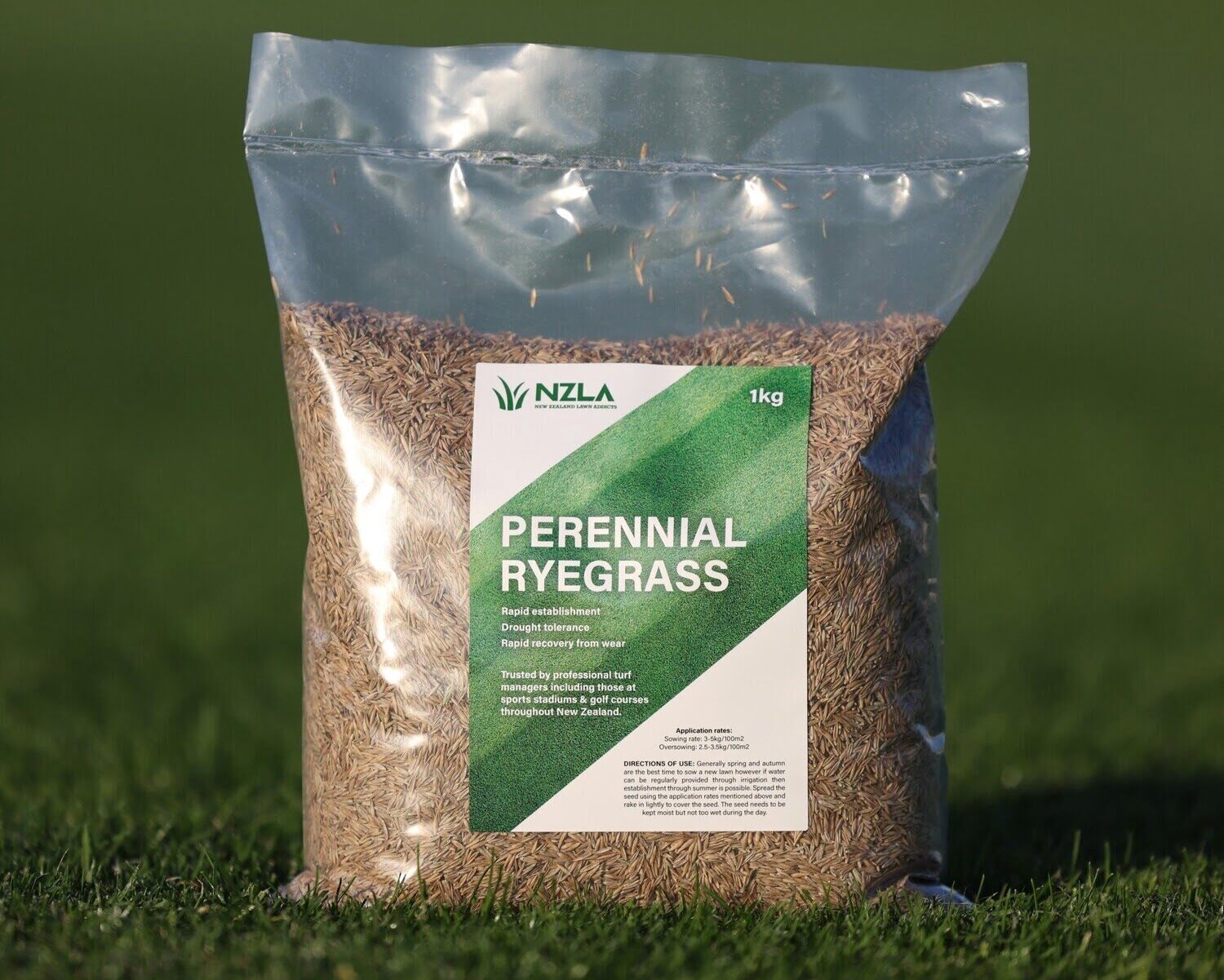
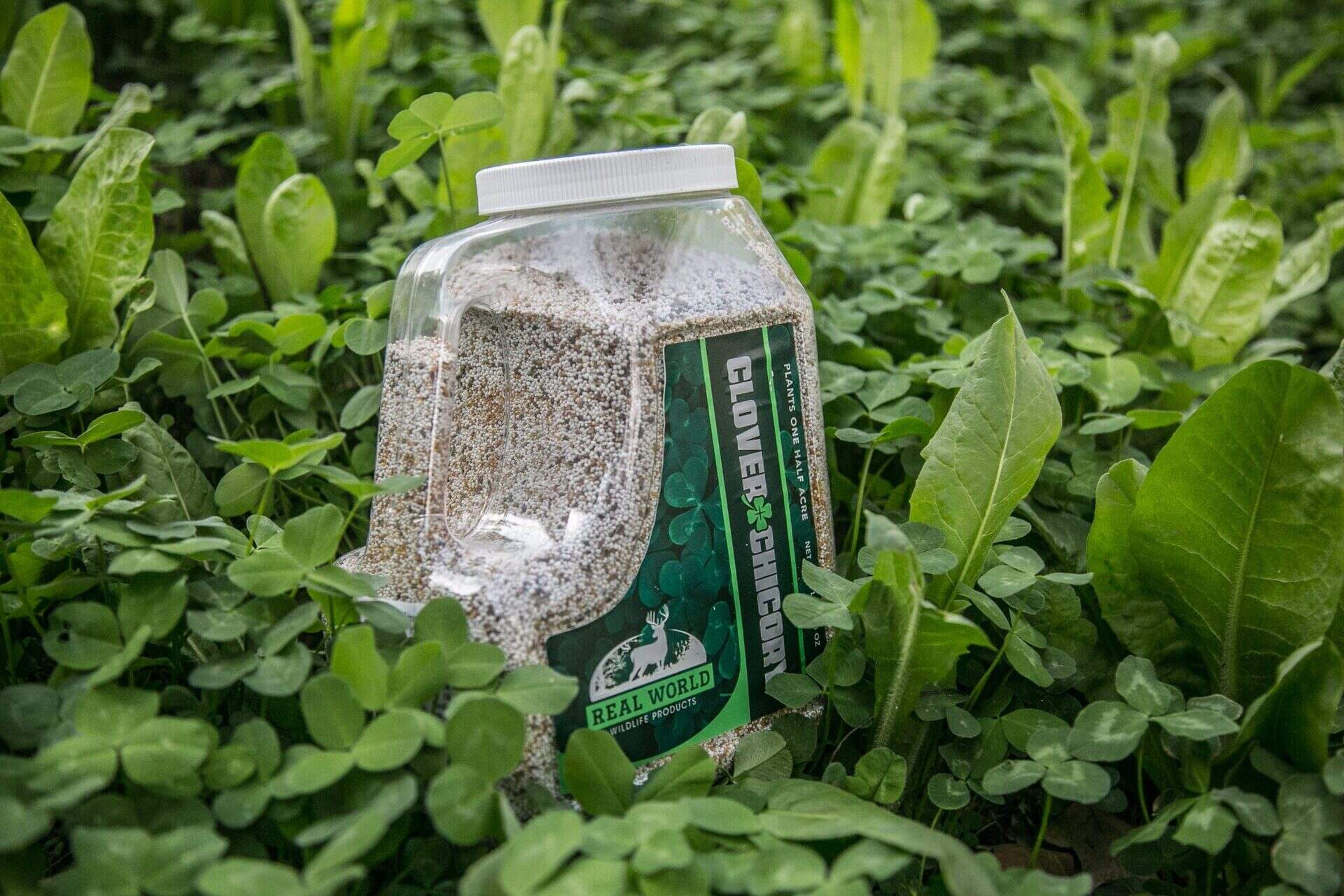
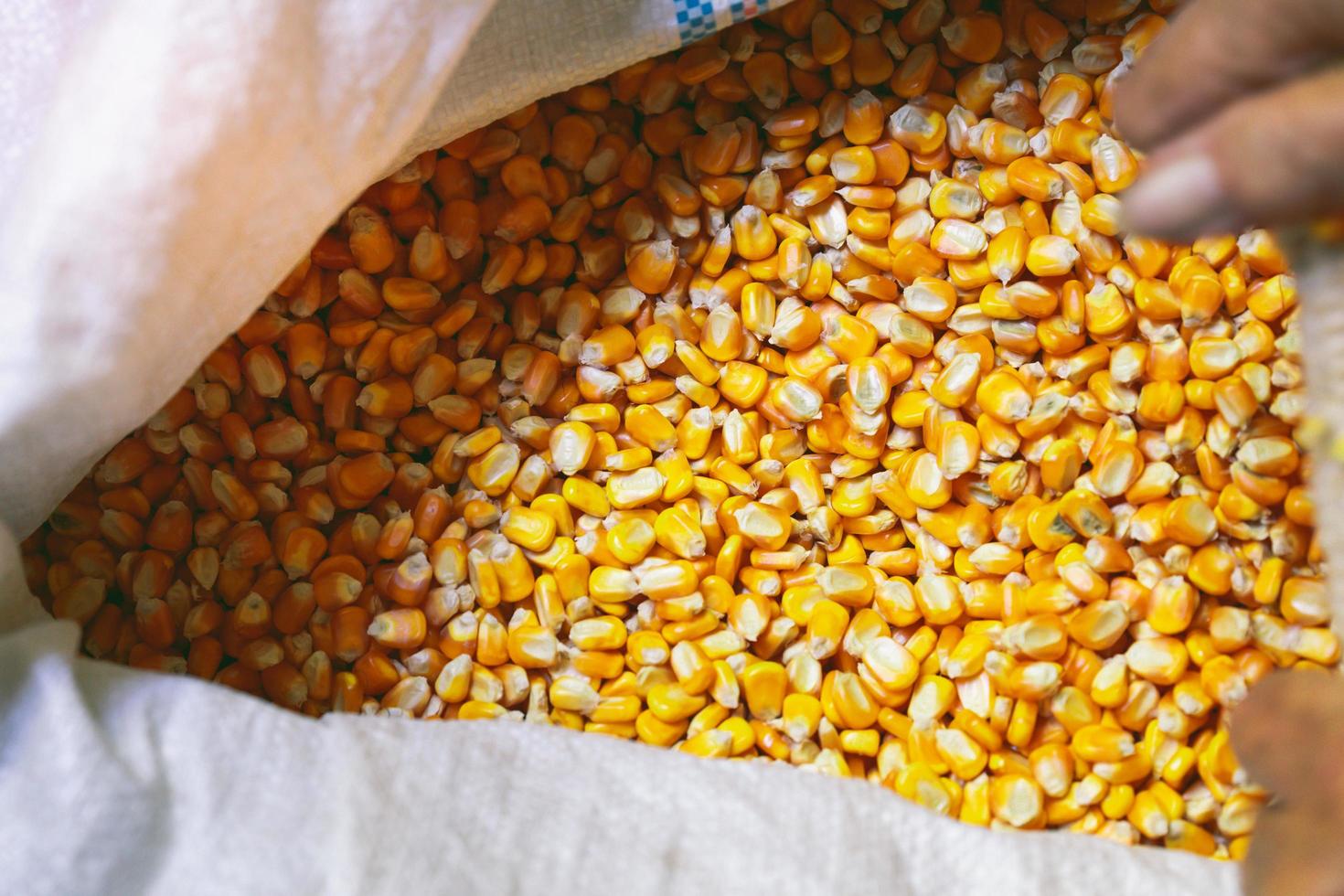
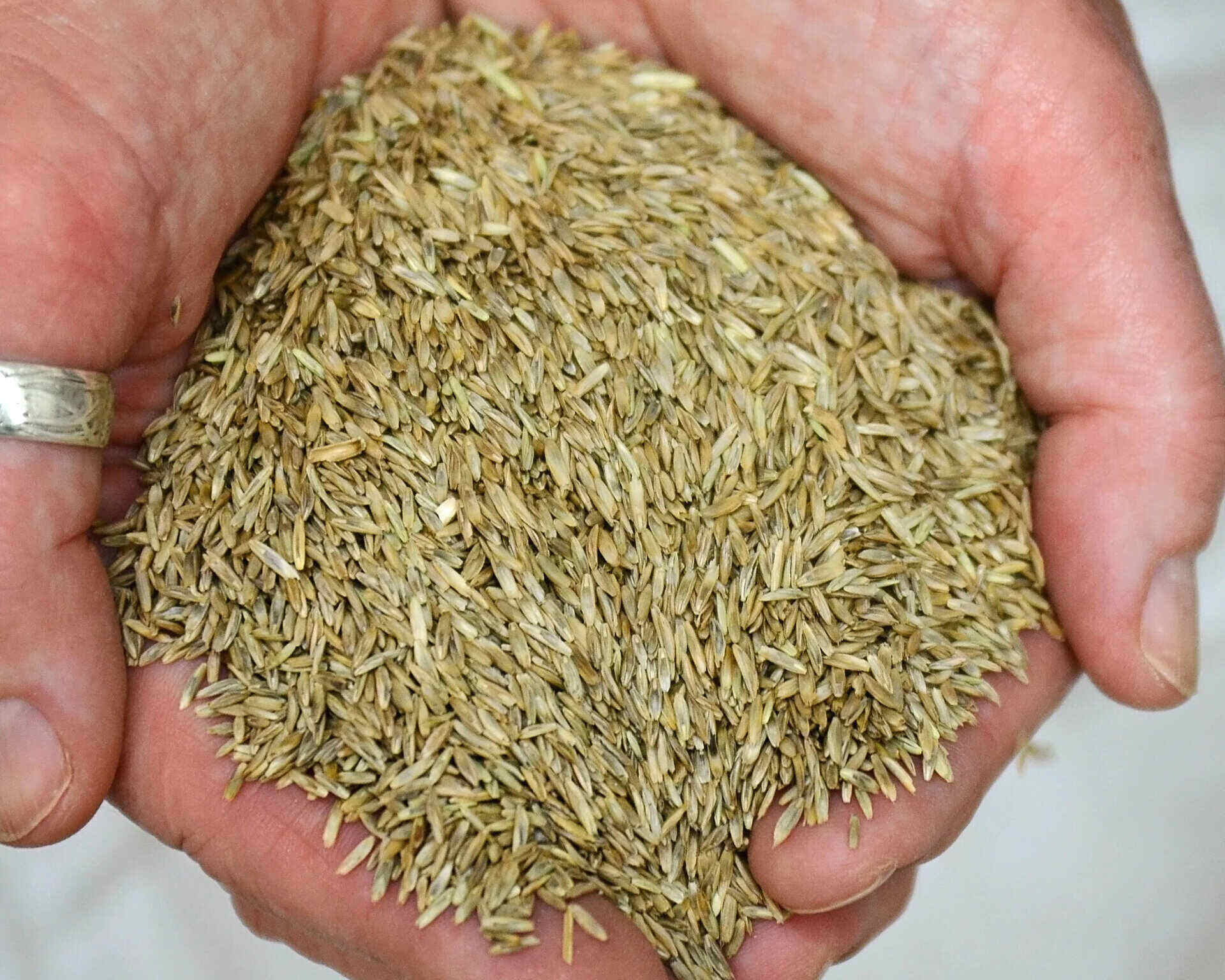
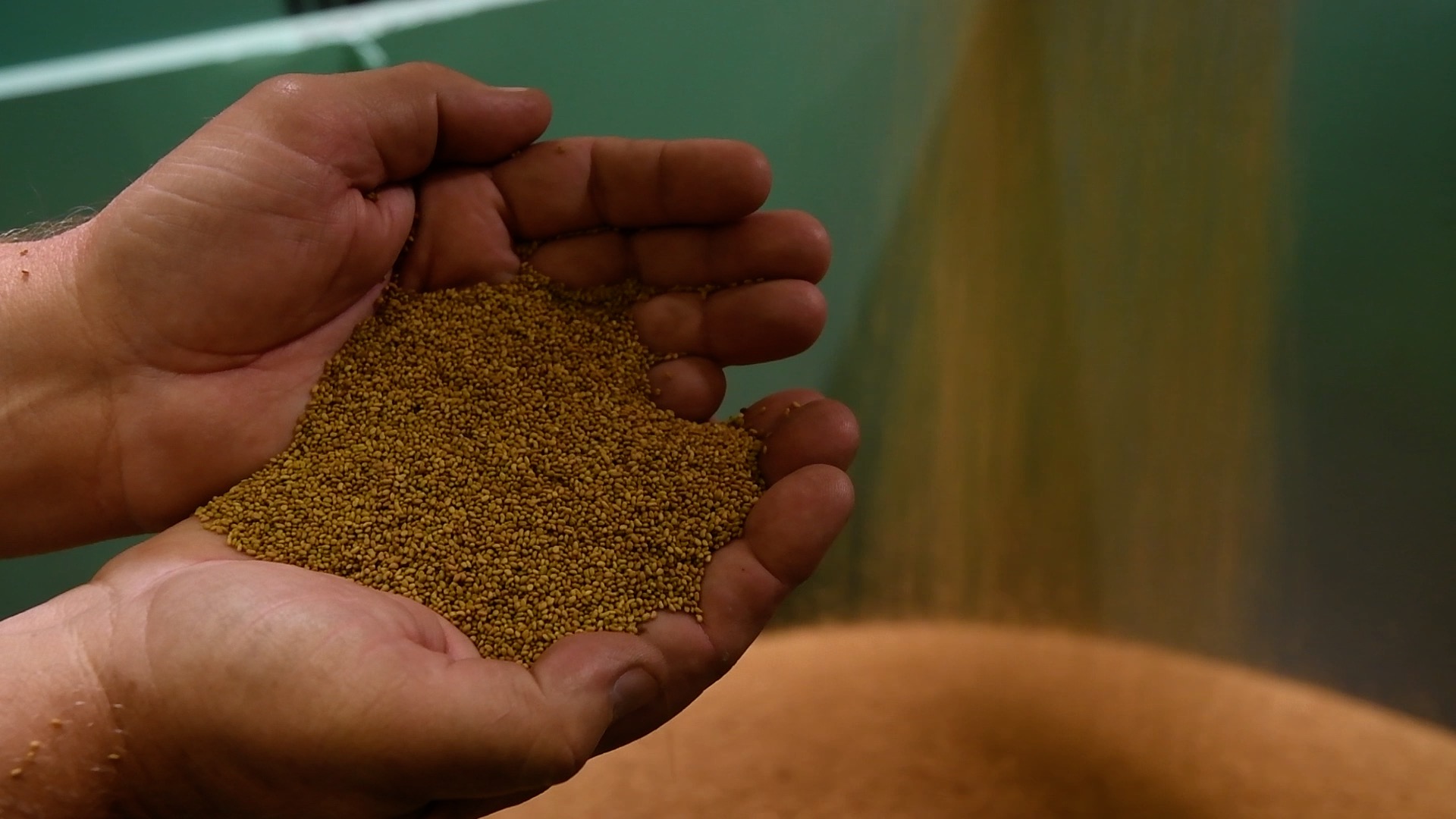
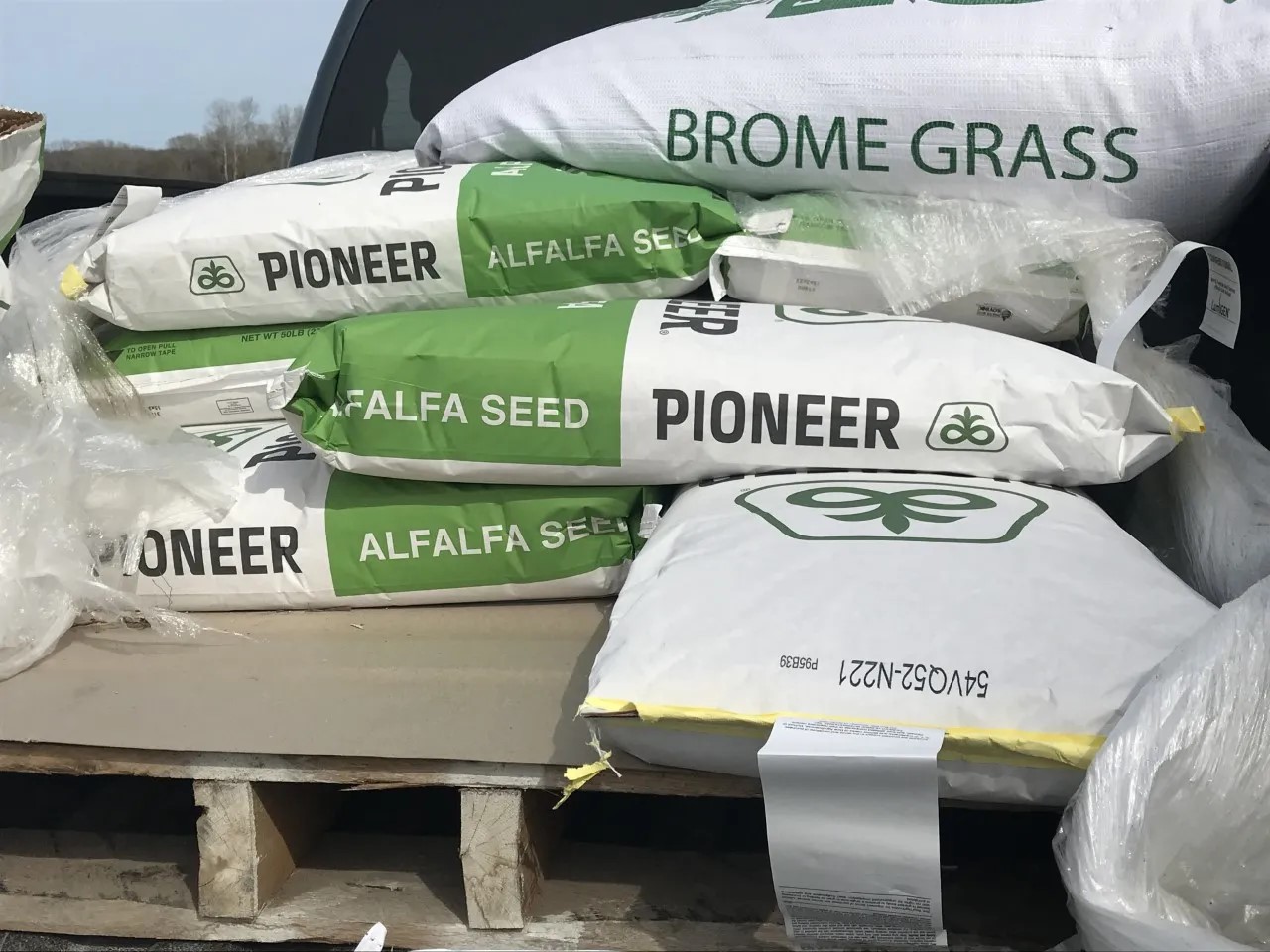
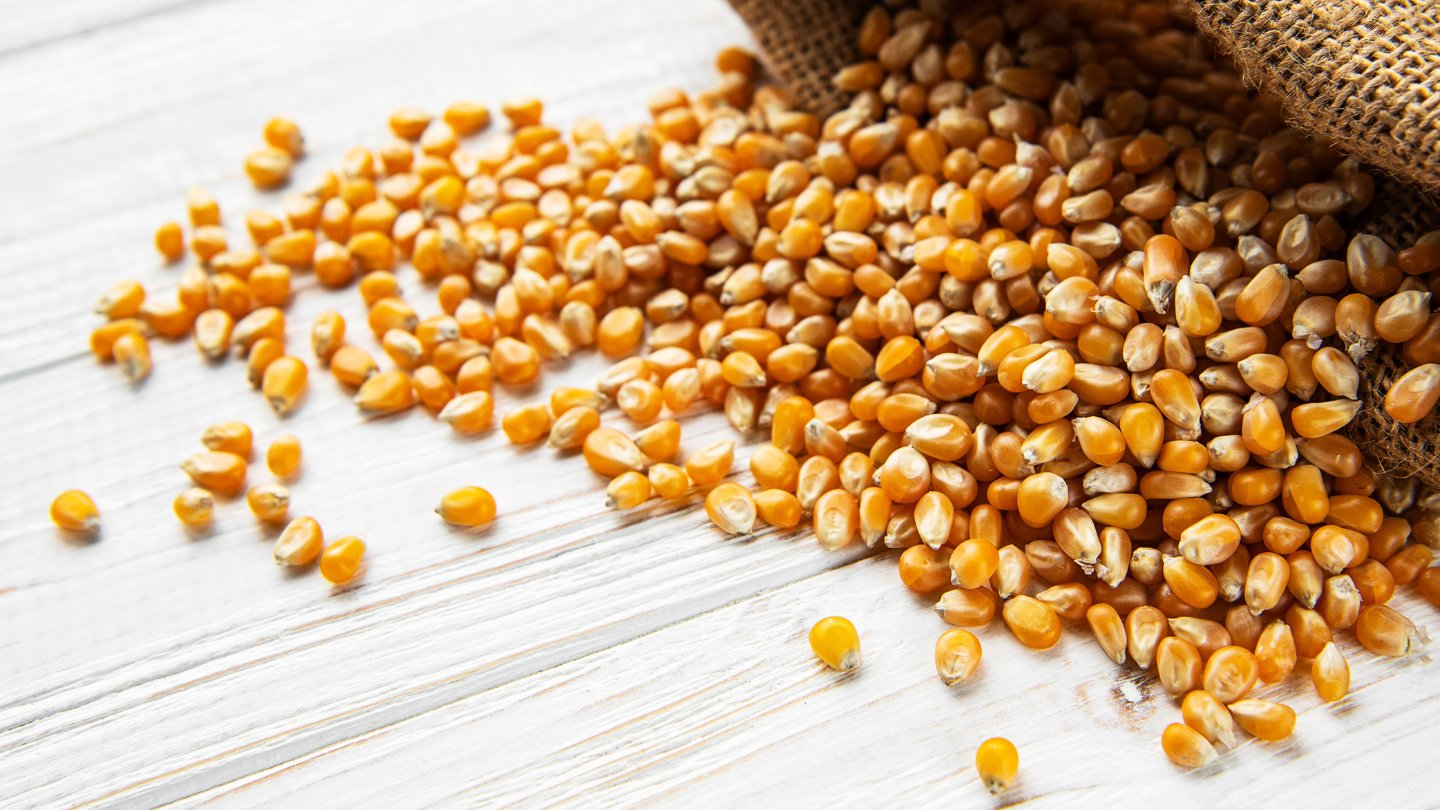
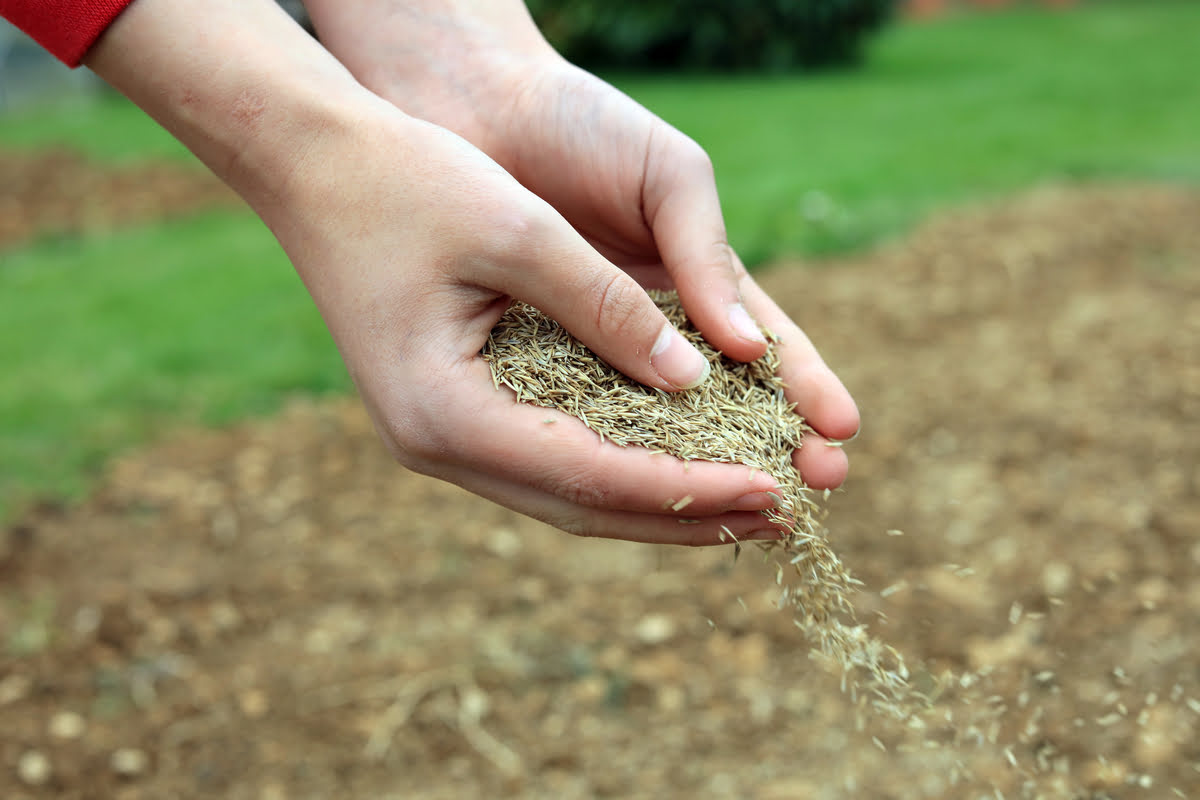
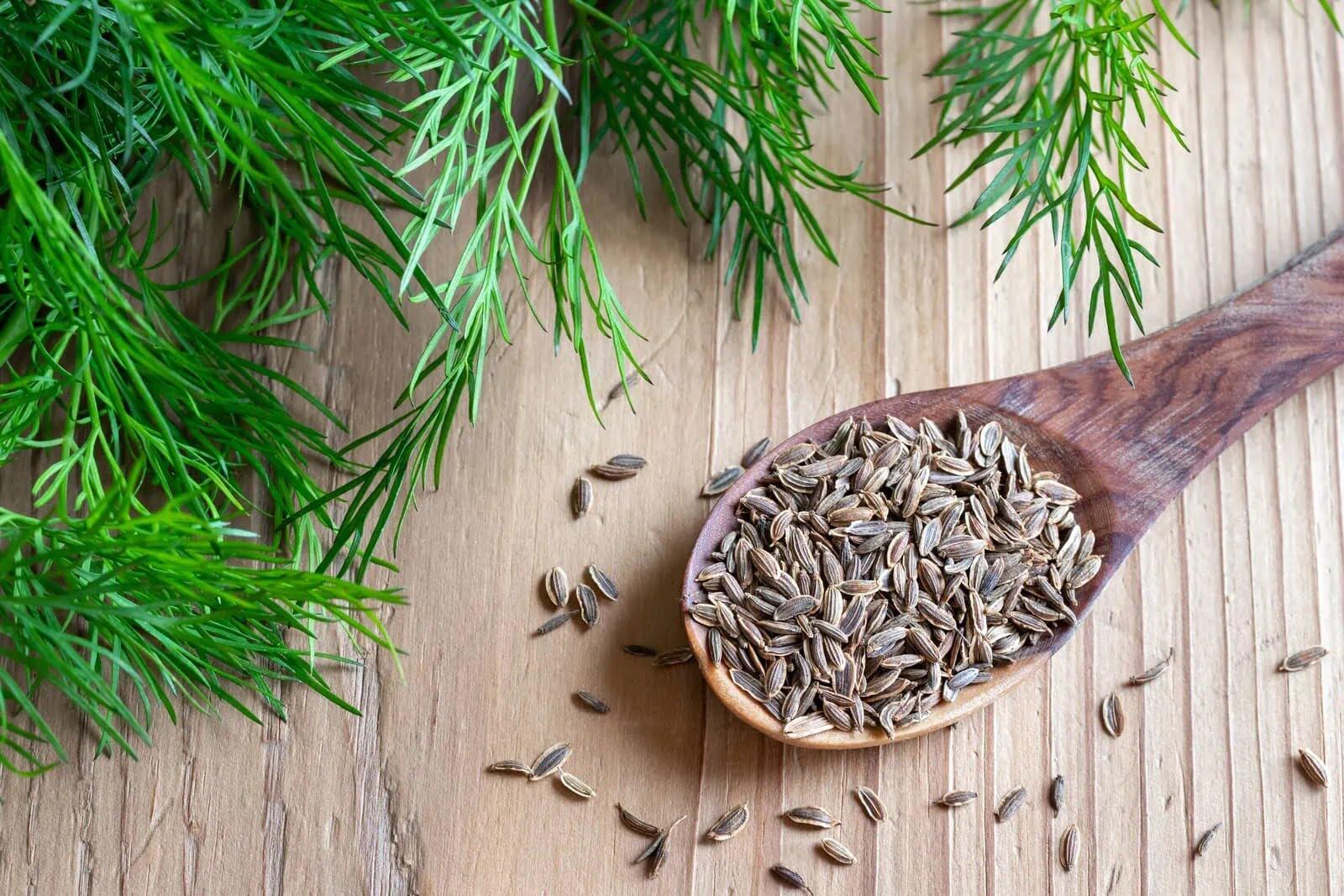
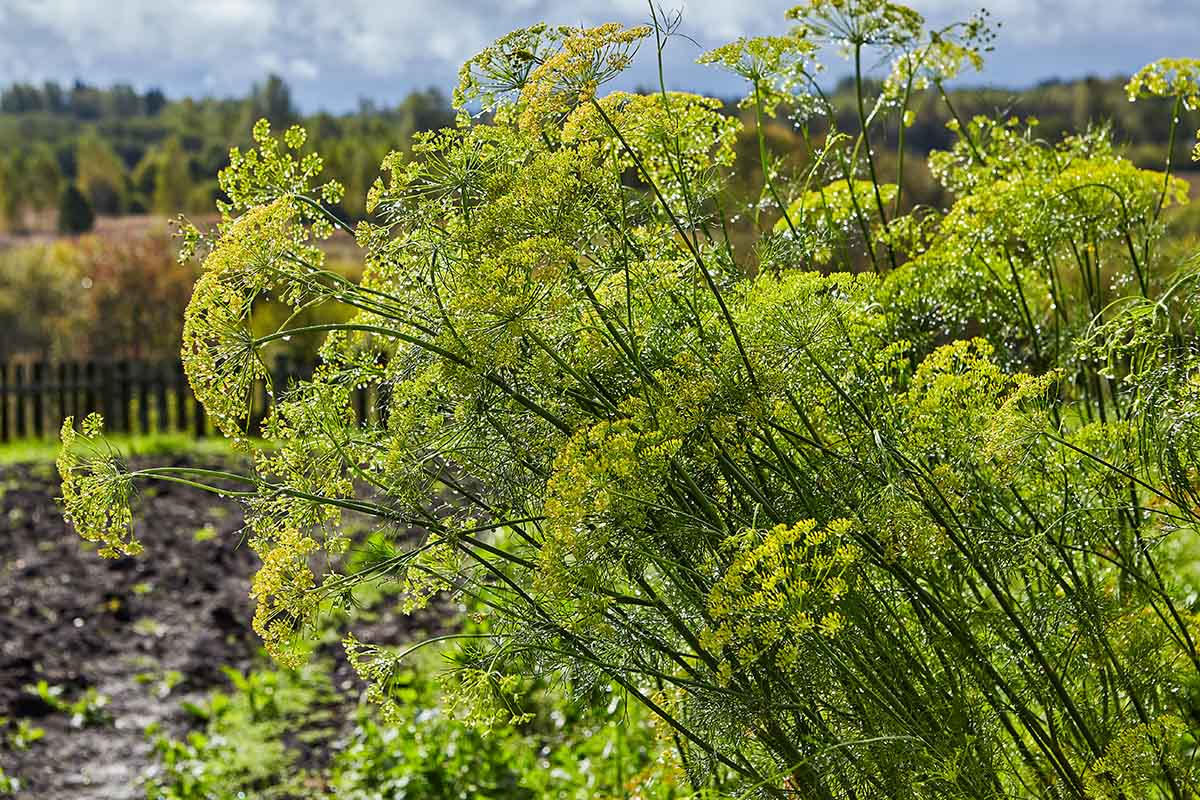
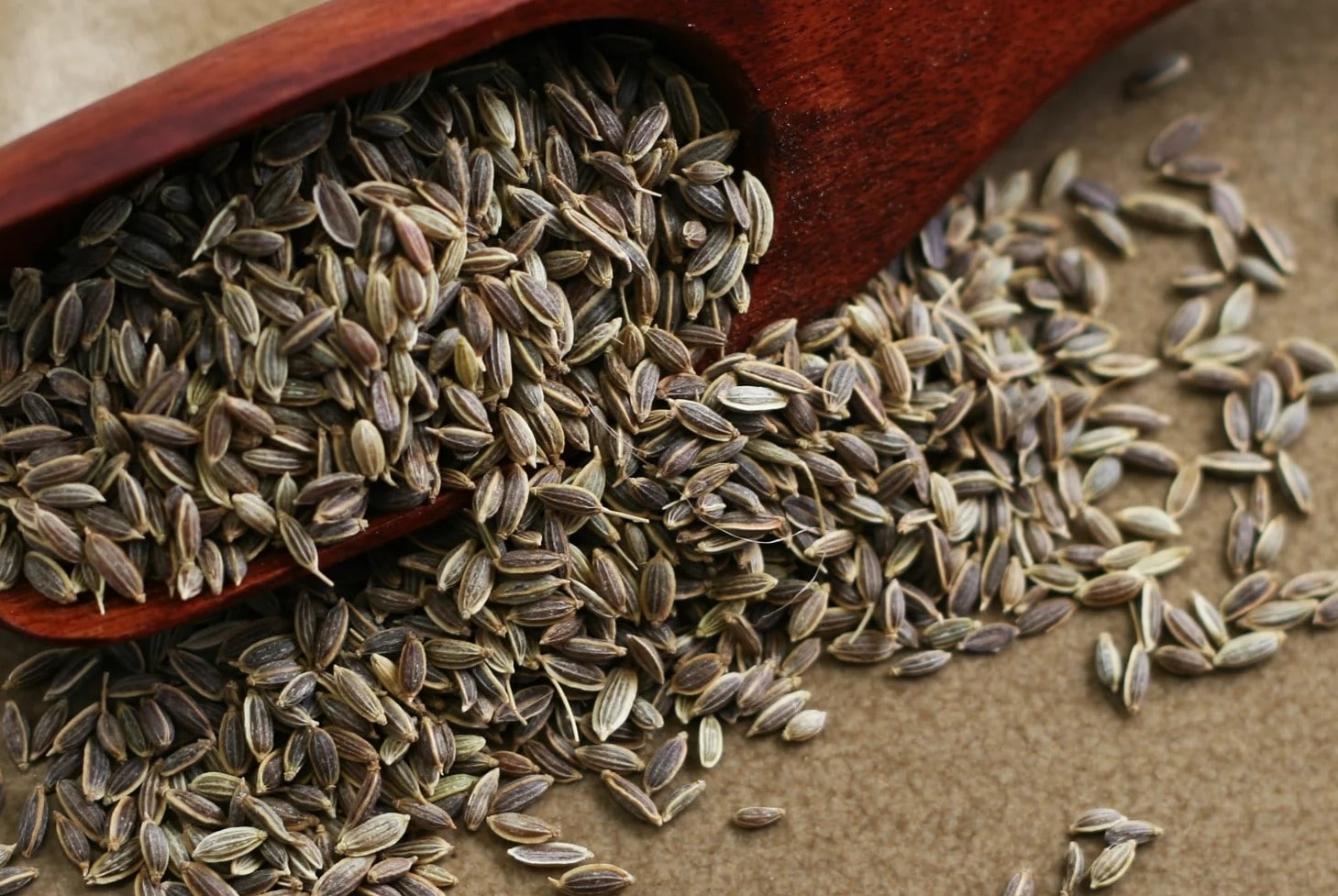
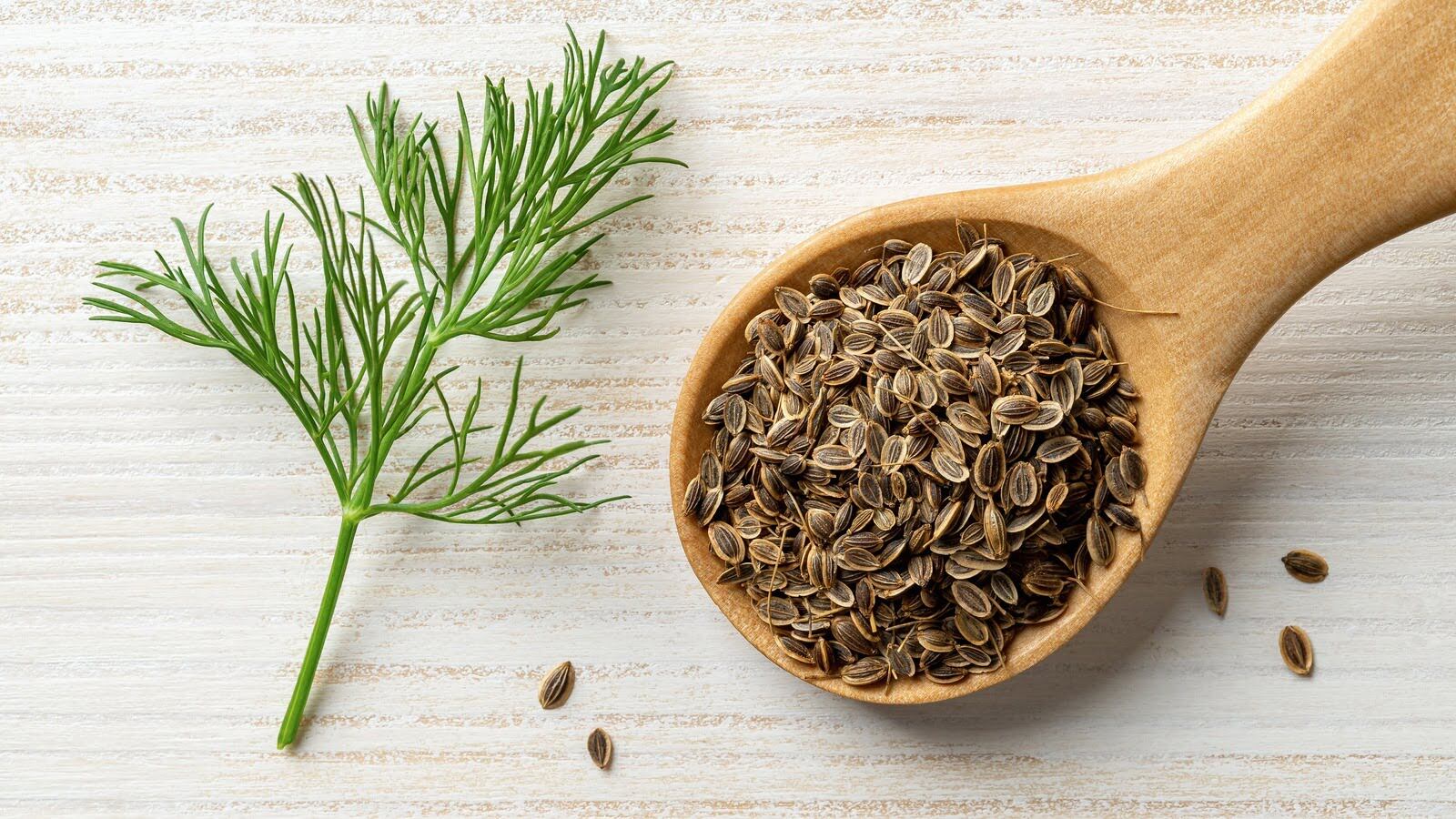
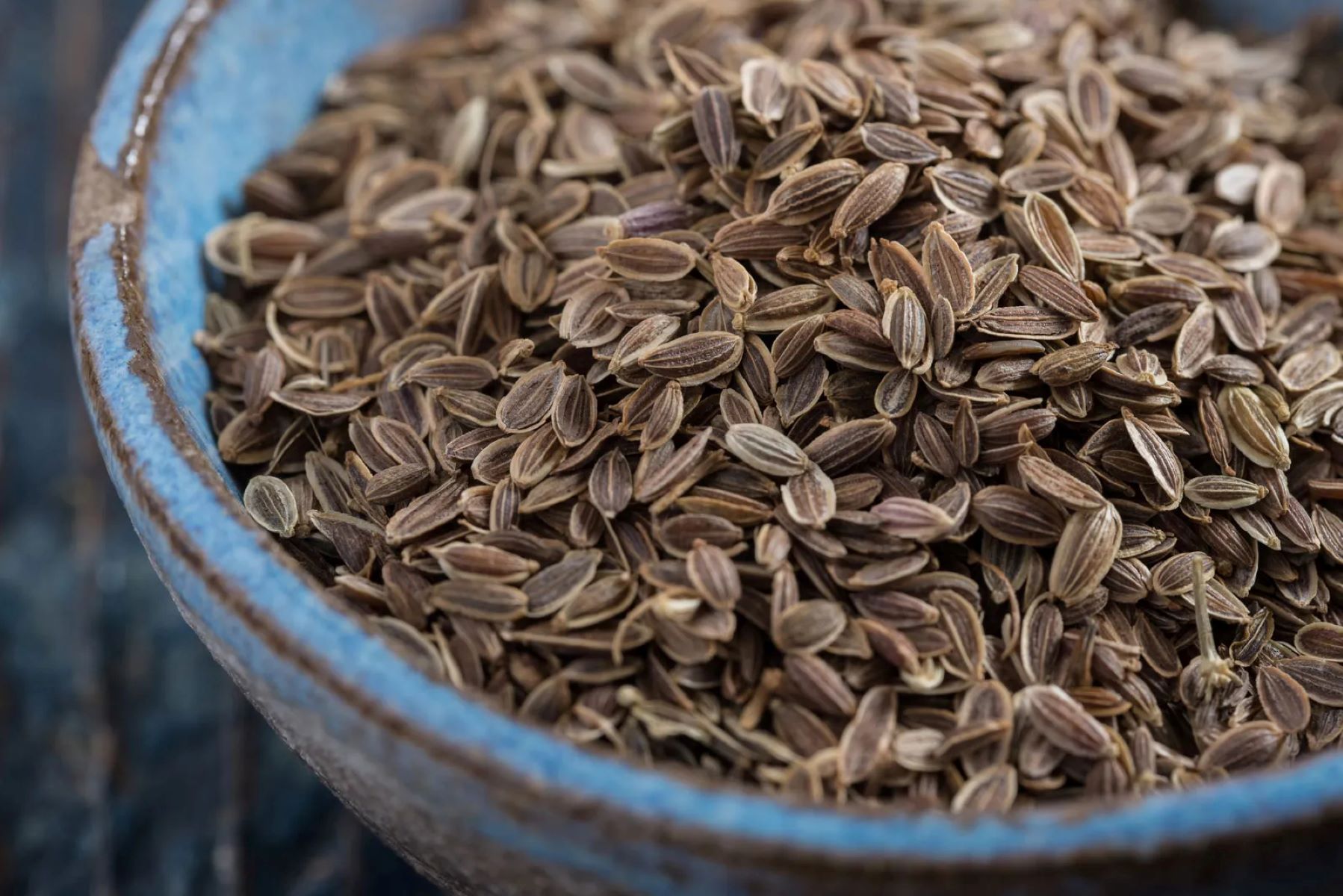
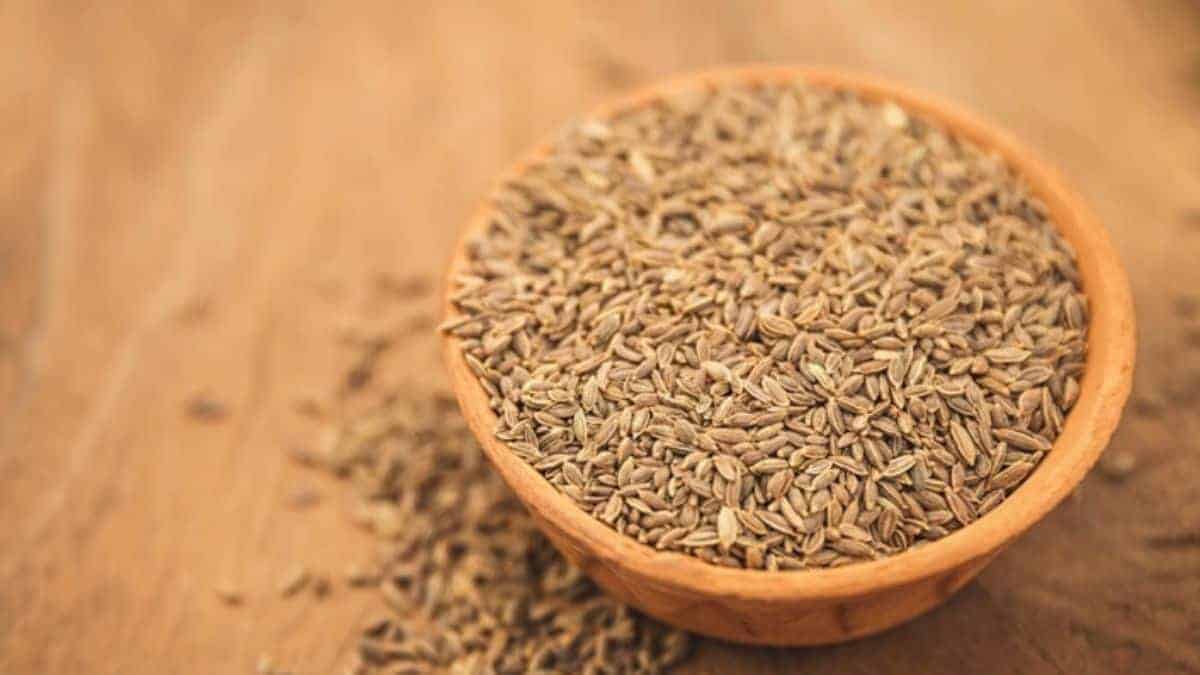

0 thoughts on “How Much Dill Seed Per Pint Of Pickles”